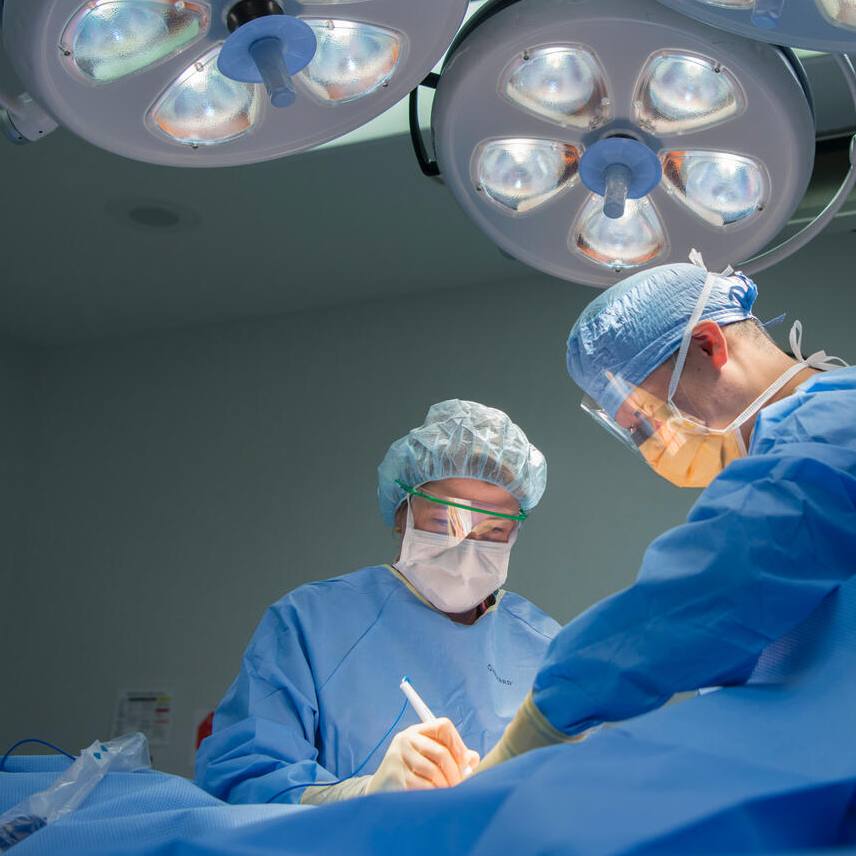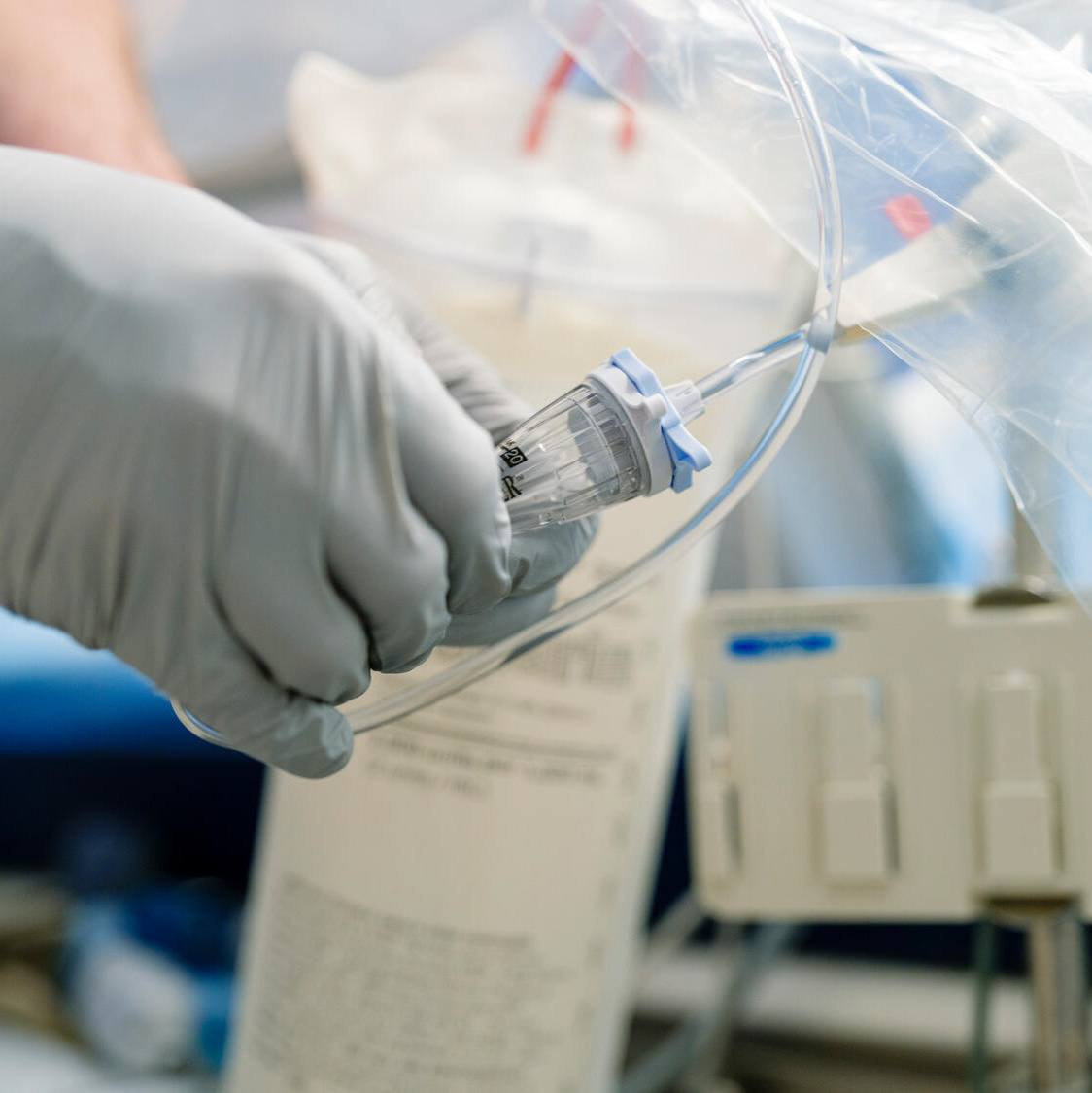-
Mayo Clinic Q and A: Surgical options after a cancer diagnosis in one breast

DEAR MAYO CLINIC: My daughter was diagnosed with breast cancer at 54 and had surgery to remove one breast. Her surgeon told her that it wasn’t necessary to remove both breasts, because she was not at high risk for developing cancer on the other side. How can that be true? Isn’t a recurrence likely if she still has breast tissue on the other side?
ANSWER: The fact that your daughter developed cancer in one breast doesn’t mean she is at high risk to develop cancer in the other breast. Her risk of developing a new cancer in the breast that remains after surgery is lower than most people think (around 0.2 to 0.6 percent per year). And the risk that the breast cancer will come back in a different part of her body is not changed, whether or not her healthy breast is removed.
The technical term for this procedure — surgically removing a healthy breast in a woman with breast cancer — is called a contralateral prophylactic mastectomy, or CPM. Many women diagnosed with breast cancer opt to have CPM, because they believe it just makes sense to remove both breasts when cancer is detected in one.
Research has found, though, that for women with an average risk of breast cancer, CPM doesn’t prolong life, nor does it change the risk of cancer coming back. In fact, for this group, studies show that, even though they have cancer in one breast, the risk of cancer developing in the other breast is still relatively low. For these reasons, the American Society of Breast Surgeons recently recommended against CPM for average-risk women with cancer in one breast.
Generally speaking, a woman is considered to be at average risk for breast cancer if she does not have a strong family history of the disease; does not have a gene that predisposes her to developing breast cancer, such as BRCA1 or BRCA2; and does not have a history of radiation therapy to the chest wall at a young age. If your daughter had any of these, it’s likely her breast cancer risk would be considered high, and a CPM may be recommended.
Part of the reason for recommending against CPM in average-risk women is that the procedure itself comes with risks of its own. When you have CPM, the risks of bleeding and infection due to surgery are double what they would be if you had a mastectomy only on one side. That’s because there are two surgical sites, rather than one. Given the lack of survival benefit or improvement in cancer outcomes with CPM in average-risk women, undergoing surgery and exposing yourself to those surgical risks may not be worth it.
Of course, other factors beyond future cancer risk can come into play when deciding whether to have CPM. For example, when women have a mastectomy on one side and opt for breast reconstruction, breast symmetry may be a consideration. Some women prefer to have both breasts removed and reconstructed during the same surgical procedure, so the appearance of their breasts is similar. That is certainly a valid topic to discuss with your surgeon if you’re considering CPM. There are alternatives for the other breast to achieve symmetry, including breast reduction or breast augmentation, that preserve breast sensation.
The bottom line is that women who are considering CPM should have a detailed conversation with their surgeons about what they want to achieve with the surgery. If the goal is to prolong survival or lower future cancer risk, then CPM may not be the right choice. But that is not to say no one who falls in the average-risk category should ever have the procedure. Just make sure that going through with CPM can realistically meet your long-term objectives. — Dr. Judy C. Boughey, Surgery, Mayo Clinic, Rochester, Minnesota







